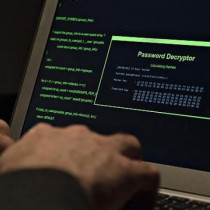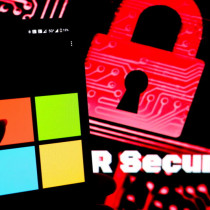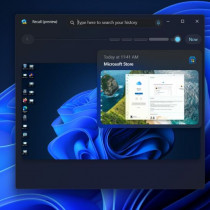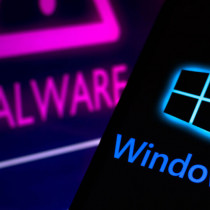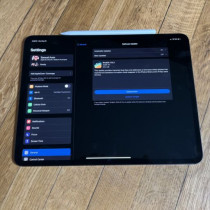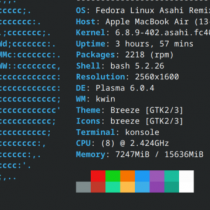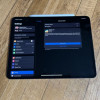How to run Mac OS X on a generic PC
Eighteen months ago, if you wanted to run Apple's Mac OS X on a generic Intel box your only option was to fish around on the internet for a hacked version that modified all the relevant low-level calls.
And then hope it worked on your hardware. Even if you managed to get it up and running, Apple's frequent operating system updates were to be dreaded and avoided. You needed to stay in touch with the Hackintosh community on sites like Insanely Mac and Hackint0sh for news of specially modified updates and drivers. For those not endowed with a deep understanding of hardware and software it was a perilous path. But rewarding, if you were lucky enough to make it work.
Towards the end of last year the tide began to turn. The key to making a generic Intel Mac that can handle updates lies in the fact that the 'uniqueness' of Apple hardware is really dependent only on the mechanism the Mac substitutes for the venerable Bios (Basic Input/Output System), the firmware interface between the operating system and the hardware. The Bios replacement Apple uses is in fact an open standard, EFI (Extended Firmware Interface), introduced a decade ago by Intel as part of its attempt to get its Itanium chip off the ground.

